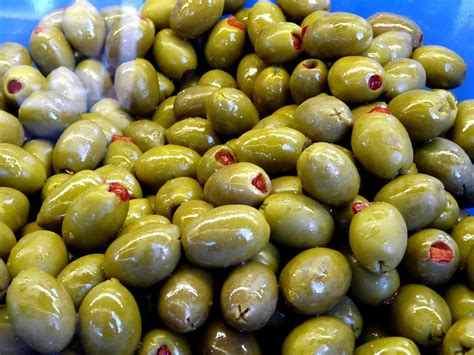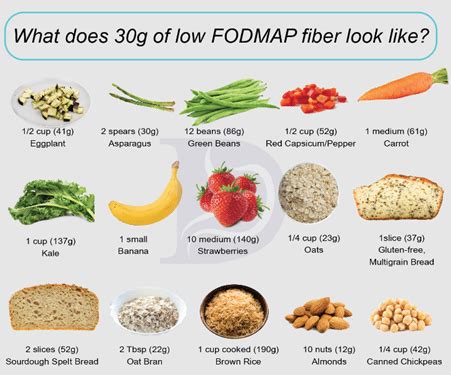The question of whether olives are vegetables is a fascinating one, with roots in botany, cuisine, and cultural perceptions. To address this query, we must delve into the definitions of fruits and vegetables, the botanical classification of olives, and how they are perceived and used in various culinary traditions.
From a botanical standpoint, olives are the fruit of the olive tree (Olea europaea), a species native to the Mediterranean region. Fruits, in botanical terms, are the mature ovary of a plant, which contains seeds, while vegetables are any other edible part of a plant, such as the leaves (like lettuce), stems (like celery), roots (like carrots), tubers (like potatoes), or even flower buds (like broccoli). Given this definition, olives would technically be classified as fruits because they develop from the ovary of a flower and contain a seed (or pit).
However, the distinction between fruits and vegetables is not always clear-cut when we consider culinary and everyday language. In cooking and diet, the terms are often used based on the part of the plant and how it is used in recipes rather than its botanical origin. For example, while tomatoes are botanically fruits, they are commonly referred to as vegetables in culinary contexts because they are savory rather than sweet and are often used in dishes in a similar way to other vegetables.
Olives, like tomatoes, are more commonly used in savory dishes and are not typically eaten as a sweet snack, which might lead some to consider them vegetables in a culinary sense. However, their usage and classification are somewhat unique. They are most often pickled or cured and used as a condiment, adding flavor to a wide array of dishes, from salads to pasta and from appetizers to main courses. This versatility and their savory flavor profile contribute to the confusion about whether they should be considered fruits or vegetables.
The perception of olives also varies across cultures. In Mediterranean cuisine, where olives are a staple, they are often seen as a distinct category, neither strictly a fruit nor a vegetable, due to their unique preparation methods and uses. They are a crucial component of the Mediterranean diet, prized not only for their flavor but also for their nutritional benefits, including high levels of healthy fats, antioxidants, and various vitamins and minerals.
In conclusion, while olives are botanically fruits due to their development from the ovary of a flower, their culinary use and cultural perception can sometimes blur the lines between fruits and vegetables. Their classification ultimately depends on the context: in botanical terms, they are fruits, but in culinary and everyday usage, they may be referred to in a way that aligns more closely with how we think of vegetables. This dual identity reflects the complexity and richness of how we categorize and interact with different parts of plants in our diet and culture.
Comprehensive Guide to Understanding Olives
Introduction to Olives
Olives are one of the most ancient and culturally significant foods, particularly in the Mediterranean region. Their history dates back thousands of years, with evidence of olive cultivation found in ancient civilizations such as Greece and Rome. Today, olives are enjoyed worldwide, not only for their distinctive flavor but also for their nutritional and health benefits.
The Classification of Olives
- Botanical Classification: As mentioned, from a botanical perspective, olives are classified as fruits. They are the edible fruit of the olive tree, containing a single seed and developing from the ovary of a flower.
- Culinary Classification: In cooking and everyday language, the classification of olives can be less straightforward. While they are technically fruits, their use in savory dishes and their preparation (often pickled or cured) might lead some to categorize them differently.
Uses of Olives
Olives are incredibly versatile and can be used in a wide range of dishes, from salads and sandwiches to pasta sauces and as a topping for pizza. They are also consumed as a snack on their own, often accompanied by bread or crackers. The oil extracted from olives, olive oil, is another crucial product, used in cooking, cosmetics, and even as a fuel.
Nutritional Value
Olives are a nutritious food, rich in healthy fats, particularly monounsaturated fats, which are considered beneficial for heart health. They are also a good source of antioxidants, vitamins (like vitamin E), and minerals (such as iron and calcium). The nutritional content can vary depending on the type of olive and how it is prepared.
Cultural Significance
The olive tree and its fruit hold significant cultural and symbolic meaning in many societies. In ancient Greece, for example, olive branches were symbols of peace and olive wreaths were awarded to victors in the Olympic Games. Today, the cultivation and consumption of olives remain deeply rooted in the traditions and identities of Mediterranean countries.
Decision Framework: Considering Olives in Your Diet
When deciding whether to include olives in your diet, consider the following factors:
- Nutritional Benefits: Olives offer several health benefits due to their high content of healthy fats, antioxidants, and various nutrients.
- Culinary Versatility: Olives can be incorporated into a wide range of dishes, making them a versatile ingredient for any meal.
- Personal Taste: If you enjoy the taste of olives, they can be a great addition to your meals, adding flavor and variety.
- Dietary Restrictions: For those following specific diets, such as vegan, vegetarian, or diets that restrict certain types of fat, consider how olives fit into your dietary plan.
Step-by-Step Guide to Incorporating Olives into Your Meals
- Start with Small Amounts: If you’re new to eating olives, start by adding them to familiar dishes in small amounts to adjust to their flavor.
- Experiment with Different Types: There are many varieties of olives, each with its unique flavor profile. Experimenting with different types can help you find the ones you enjoy the most.
- Use in Salads: Olives are a classic addition to salads, adding a salty, savory flavor.
- Add to Pasta and Pizza: Olives can elevate the flavor of pasta dishes and pizzas, adding depth and complexity.
- Pair with Cheese and Bread: For a simple snack, pair olives with cheese and bread for a satisfying and flavorful treat.
FAQ Section
Are olives a fruit or a vegetable?
+Olives are botanically fruits because they develop from the ovary of a flower. However, in culinary contexts, they are often referred to as vegetables due to their savory flavor and use in dishes.
What are the health benefits of eating olives?
+Olives are rich in healthy fats, antioxidants, and various vitamins and minerals, making them beneficial for heart health, reducing inflammation, and providing essential nutrients.
How can I incorporate olives into my diet?
+Olives can be added to a variety of dishes, including salads, pasta, pizza, and used as a topping or mixed into sauces. They can also be enjoyed on their own as a snack.
Are there different types of olives?
+Yes, there are many varieties of olives, each with its unique flavor, texture, and color. Common types include Kalamata, Green olives, and Black olives, among others.
Can I grow my own olive tree?
+Olive trees can be grown in climates with mild winters and hot, dry summers. They require specific care, including full sun, well-drained soil, and regular watering and pruning.



